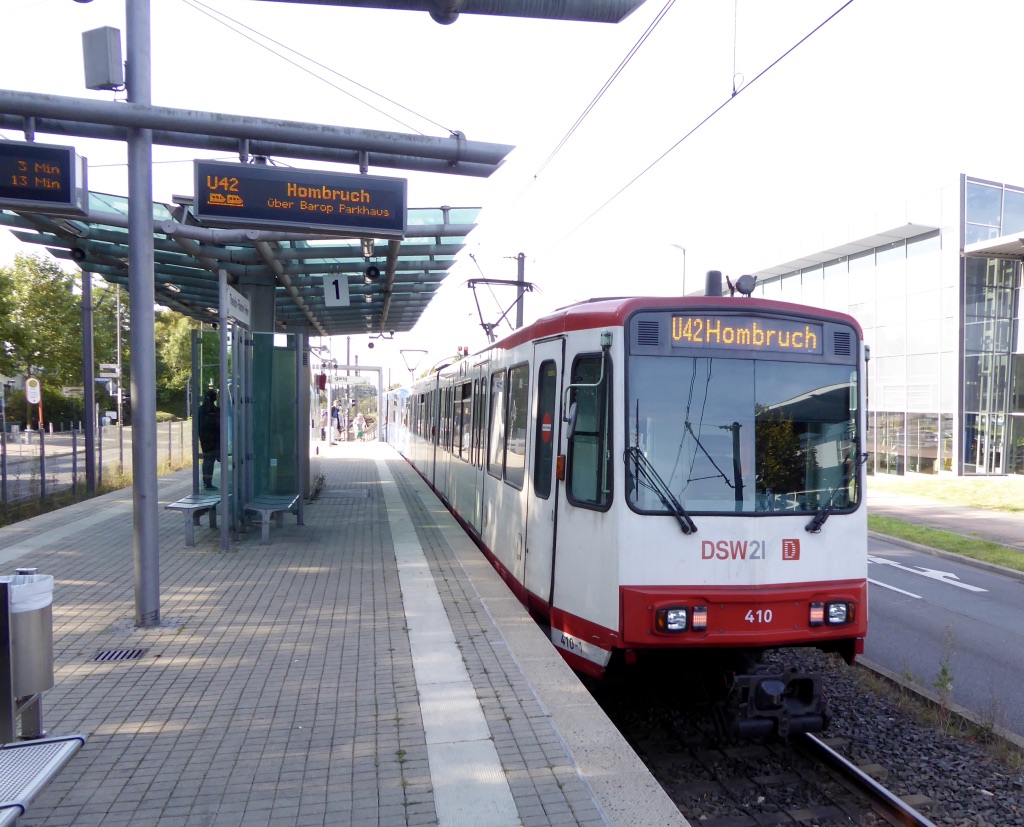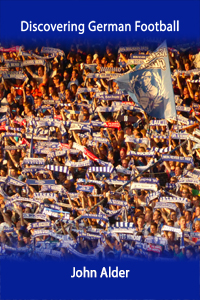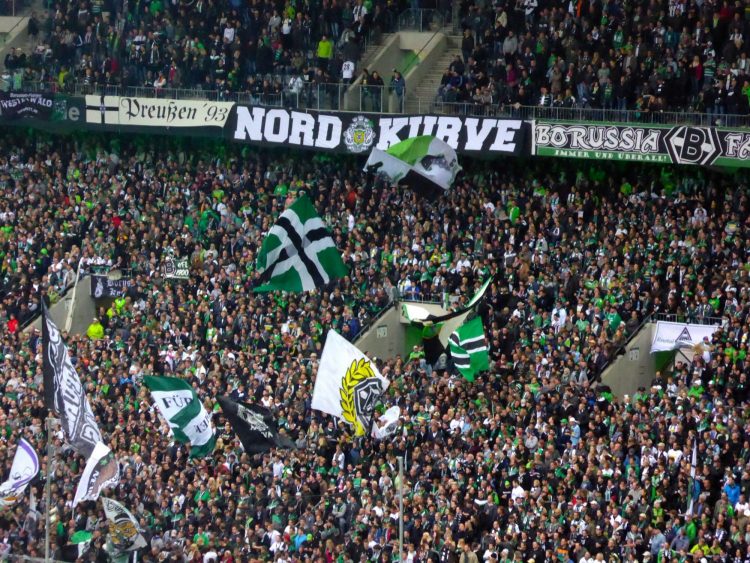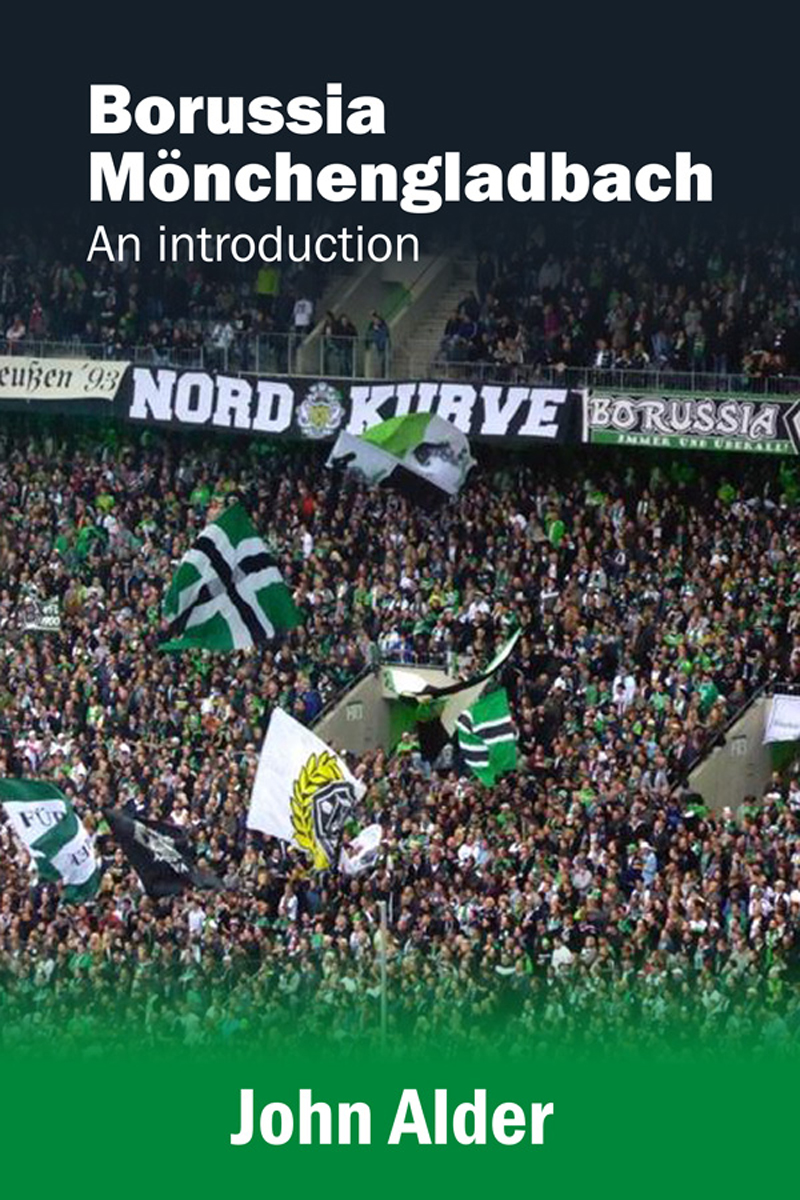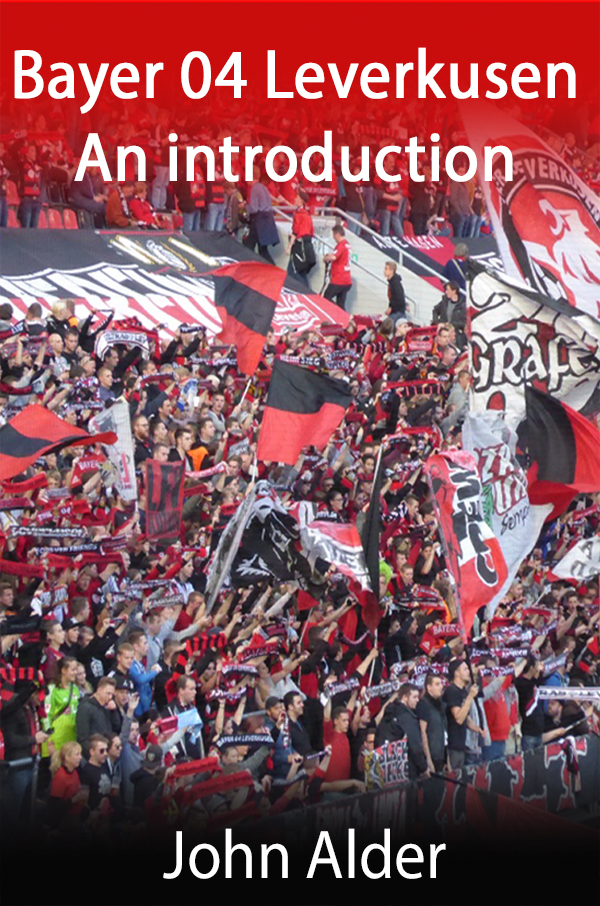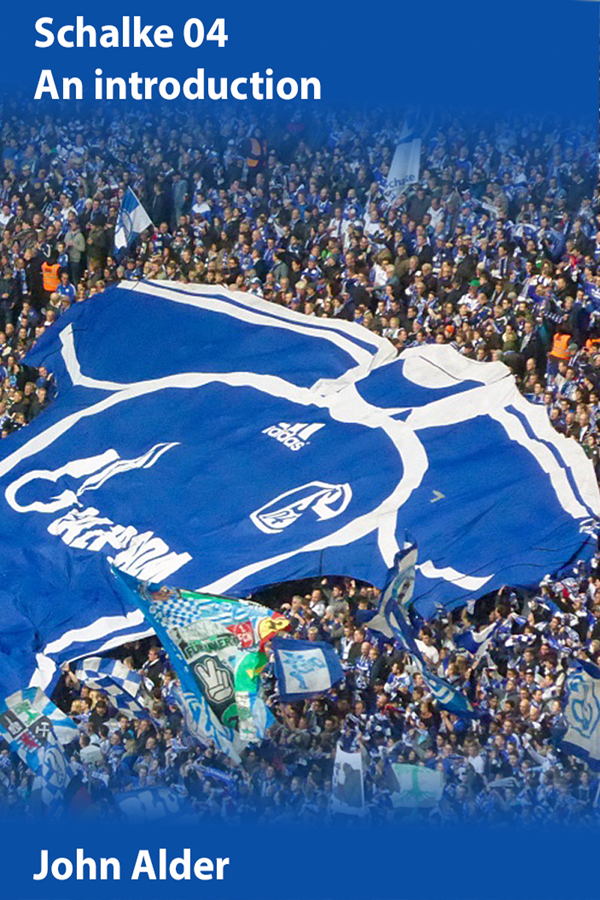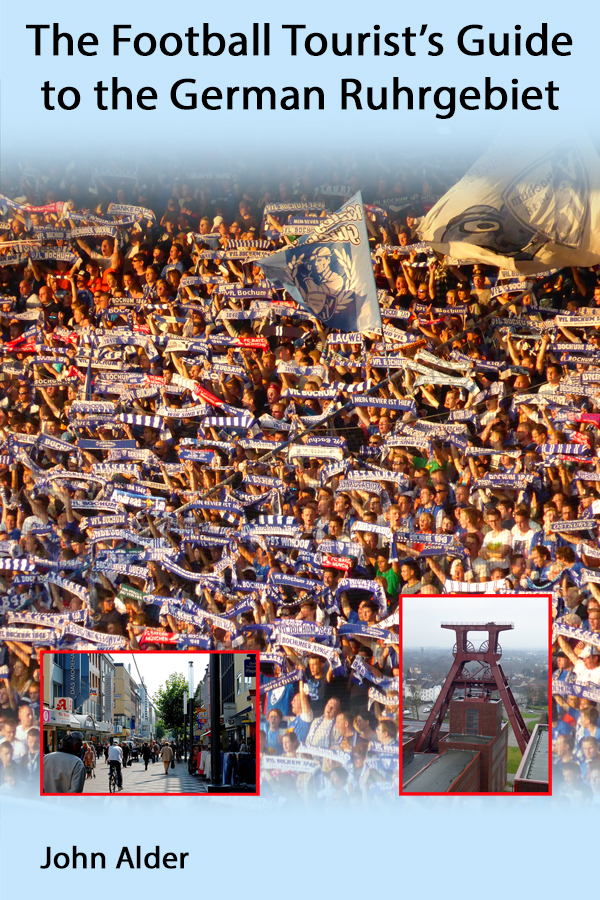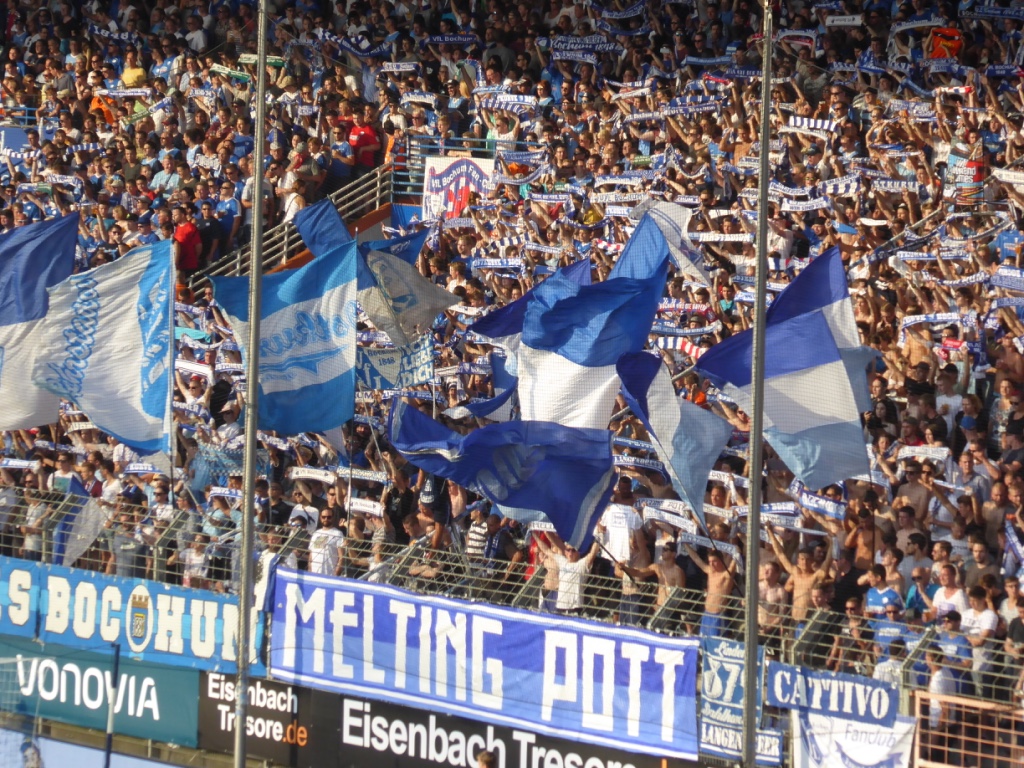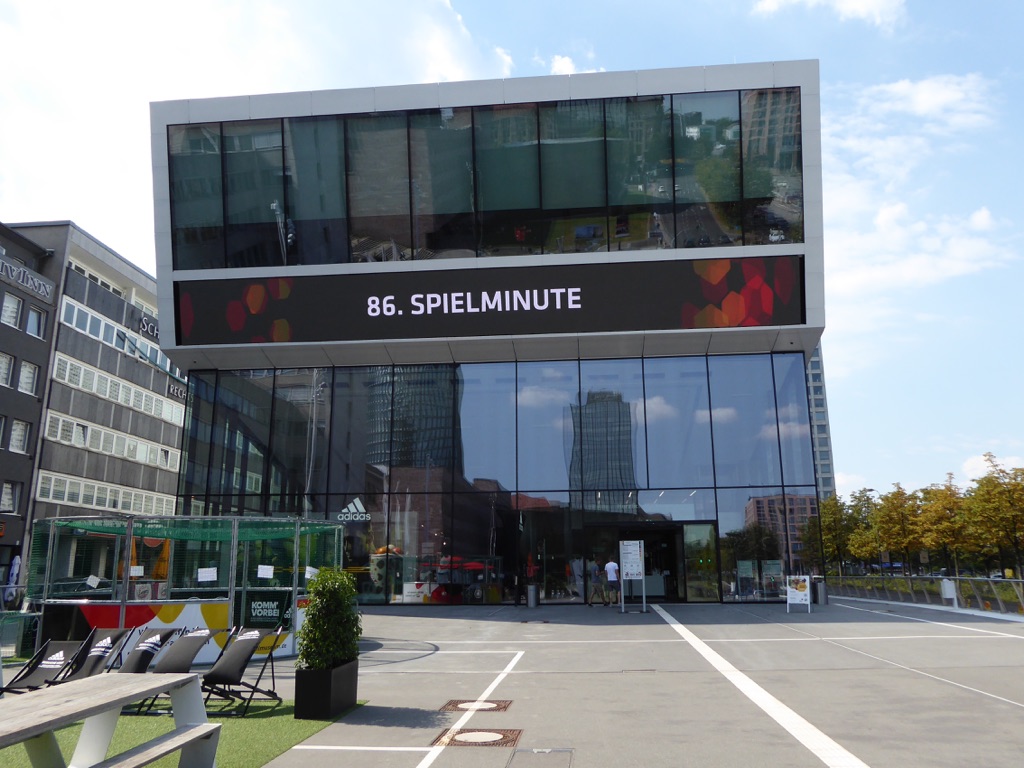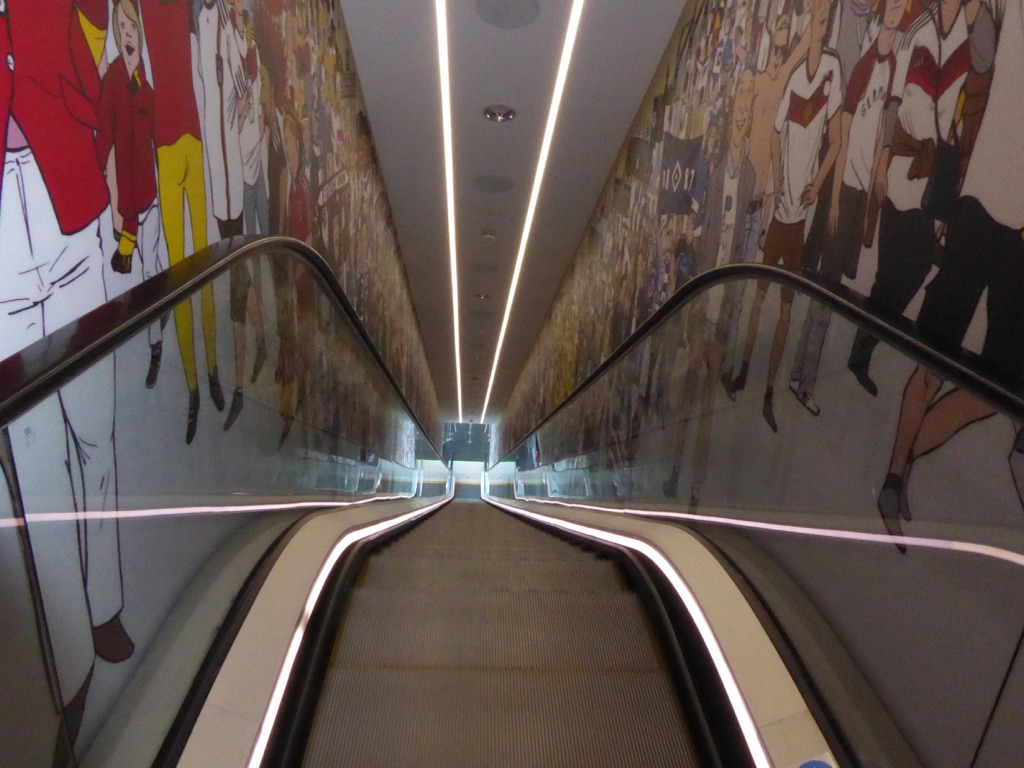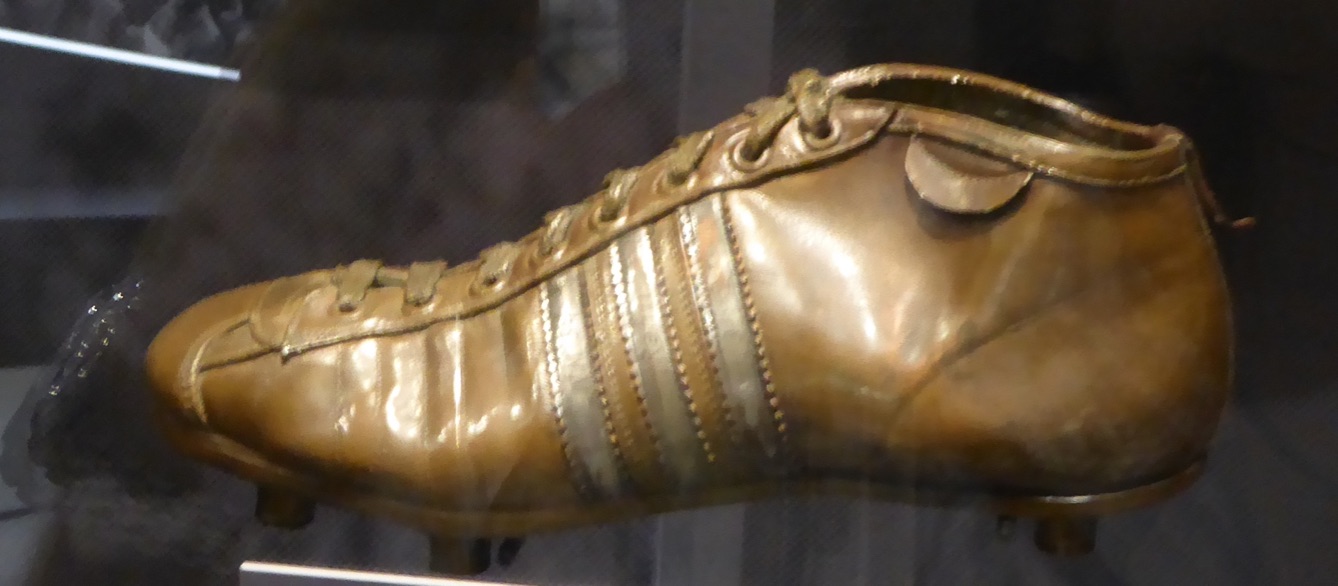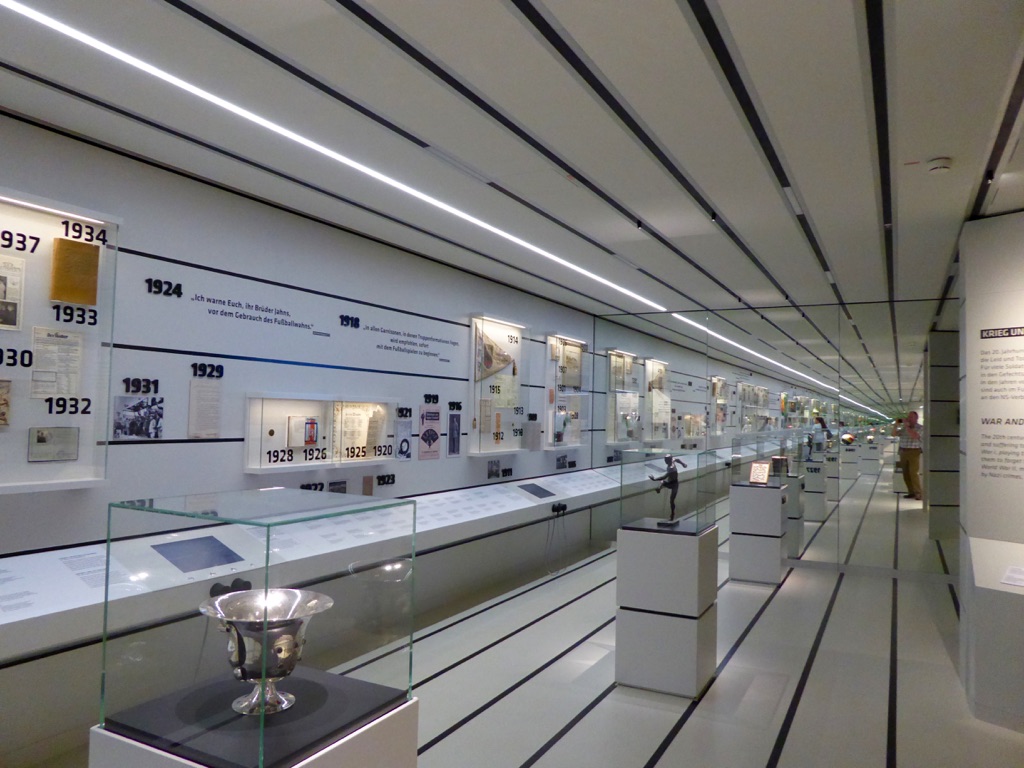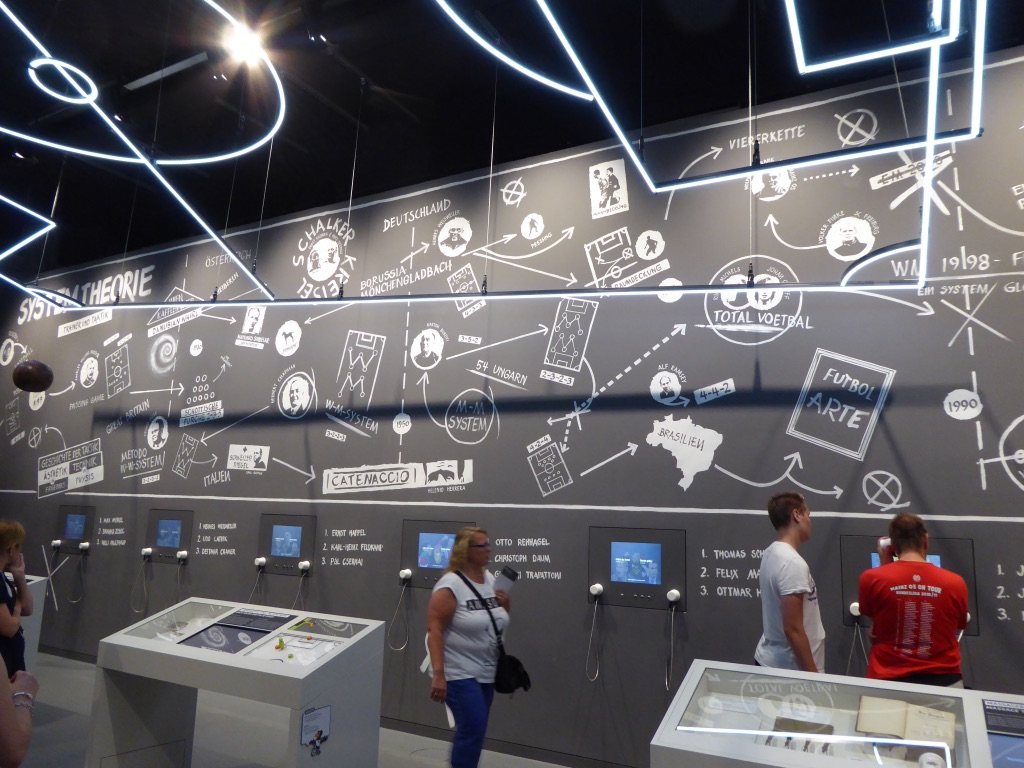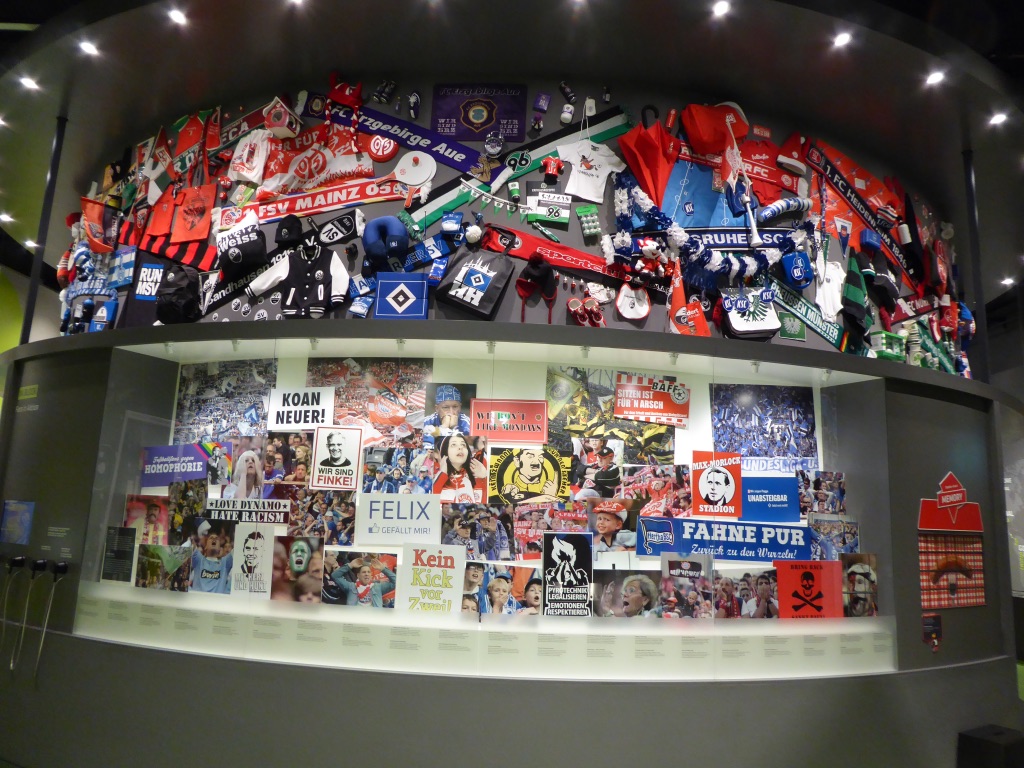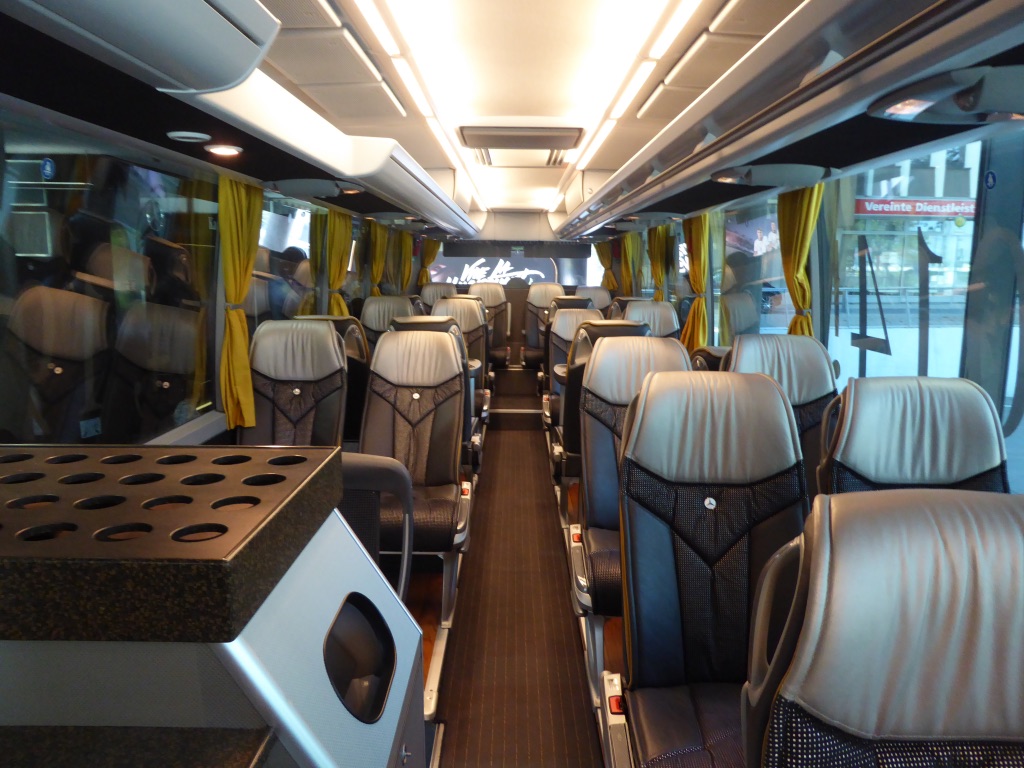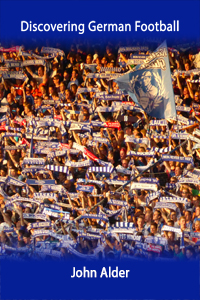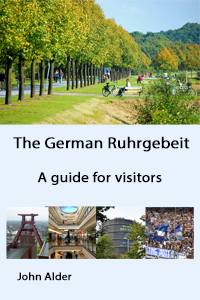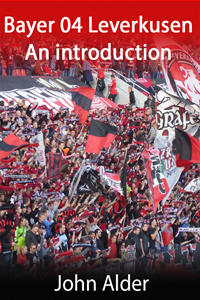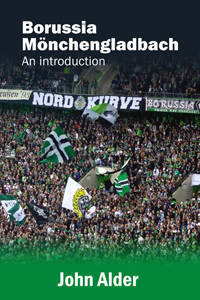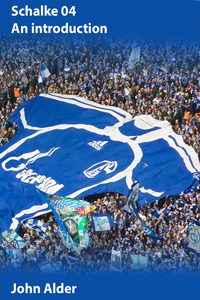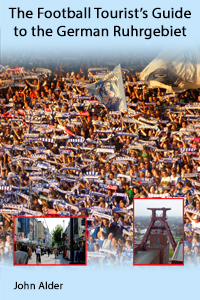The opening game of Germany’s 2017/18 second division campaign was broadcast live on BT Sport, presumably in response to growing interest in the UK in the 2 Bundesliga. If you managed to catch this game between VfL Bochum and 1 FC St Pauli you will have seen a pulsating, hard-fought game played in front of a capacity crowd of noisy, passionate fans. If you were lucky enough to be there you will have experienced the thrill, excitement and sense of occasion of a German football match.
You don’t have to limit yourself to Bundesliga to have a great time watching football in Germany. You can also have memorable experiences in the second division. It will cost you less than the Bundesliga and tickets will be easier to come by. The crowds might be a bit smaller, but the atmosphere will be just as thrilling as in the top tier.
Who to watch
Where you go depends very much on where you want to stay in Germany, the kind of club you are interested in and they sort of experience you are looking for.
Location
The ideal base for a football visit to Germany is a city that has a large airport and good transport links is surrounded by a range of clubs. Football is played in Germany on Friday, Saturday and Sunday – so if you come over for a long weekend and if the fixtures work out right, you could treat yourself to a game from all three top divisions.
Crowd size
The average attendance at 2 Bundesliga games last season was 21,735, but this figure conceals a very wide range. At 55,515 average attendance at VfB Stuttgart was higher than that of many Bundesliga clubs. At the other extreme, 6,731 fans came on average to see SV Sandhausen. So if you want to experience a Bundesliga-sized crowd you need to look for the clubs with the highest attendance figures. If you prefer something smaller look further down the table. Another factor might be the number of season tickets sold.
Type of club
There are several kinds of club in the second division – all worth a visit, but for very different reasons.
First, there are the teams that have just dropped out of the Bundesliga and are fighting for a return to the top flight. Sometimes these are very big clubs with Bundesliga levels of attendance and the atmosphere to match. This season’s newly-relegated teams are FC Ingolstadt and SV Darmstadt.
Then there are the so-called sleeping giants. These are the clubs that were once highly successful, whose fans dream that a return to the glory days is just around the corner. I am thinking of clubs like 1 FC Nürnberg, 1 FC Kaiserslautern, Fortuna Düsseldorf, Dynamo Dresden, Eintracht Braunschweig and VfL Bochum.
There are also clubs with a long and proud history, with armies of loyal and passionate fans, but with much less financial security. I mean clubs like MSV Duisburg and Armenia Bielefeld whose fans endure a double life of hope and despair. For them, exhilarating promotion campaigns seem to be followed by demoralising relegations battles.
You can use this table to help you decide. Click on the name of the club for more information.
|
Club
|
Average attendance 2016/17
|
Season tickets sold
|
Convenient Airport
|
|
FC St Pauli
|
29,401
|
15,000
|
Hamburg
|
|
1 FC Nürnberg
|
28,834
|
18,000
|
Nürnberg/Munich
|
|
Dynamo Dresden
|
20,859
|
18,000
|
Berlin/Leipzig
|
|
1 FC Kaiserslautern
|
26,368
|
11,971
|
Frankfurt
|
|
Fortuna Düsseldorf
|
25,978
|
12,000
|
Cologne/Düsseldorf/Dortmund
|
|
Eintracht Braunschweig
|
21,419
|
16,000
|
Hannover
|
|
1 FC Union Berlin
|
20,859
|
11,266
|
Berlin
|
|
Armenia Bielefeld
|
17,504
|
8,300
|
Düsseldorf/Hannover
|
|
Bochum
|
16,933
|
6,659
|
Düsseldorf/Dortmund
|
|
FC Ingolstadt
|
14,601
|
6,800
|
Munich
|
|
SC Darmstadt
|
16,753
|
10,900
|
Frankfurt
|
|
Duisburg
|
14,175
|
6,659
|
Düsseldorf/Dortmund
|
|
1 FC Heidenheim
|
12,518
|
7,100
|
Stuttgart
|
|
SpVgg Greuther Fürth
|
9,525
|
5,250
|
Munich
|
|
Erzgebirge Aue
|
8,588
|
3,110
|
Leipzig
|
|
Jahn Regensburg
|
6,320
|
3,600
|
Munich
|
|
SV Sandhausen
|
6,731
|
2,500
|
Stuttgart
|
|
Holstein Kiel
|
5,711
|
4,200
|
Hamburg
|
